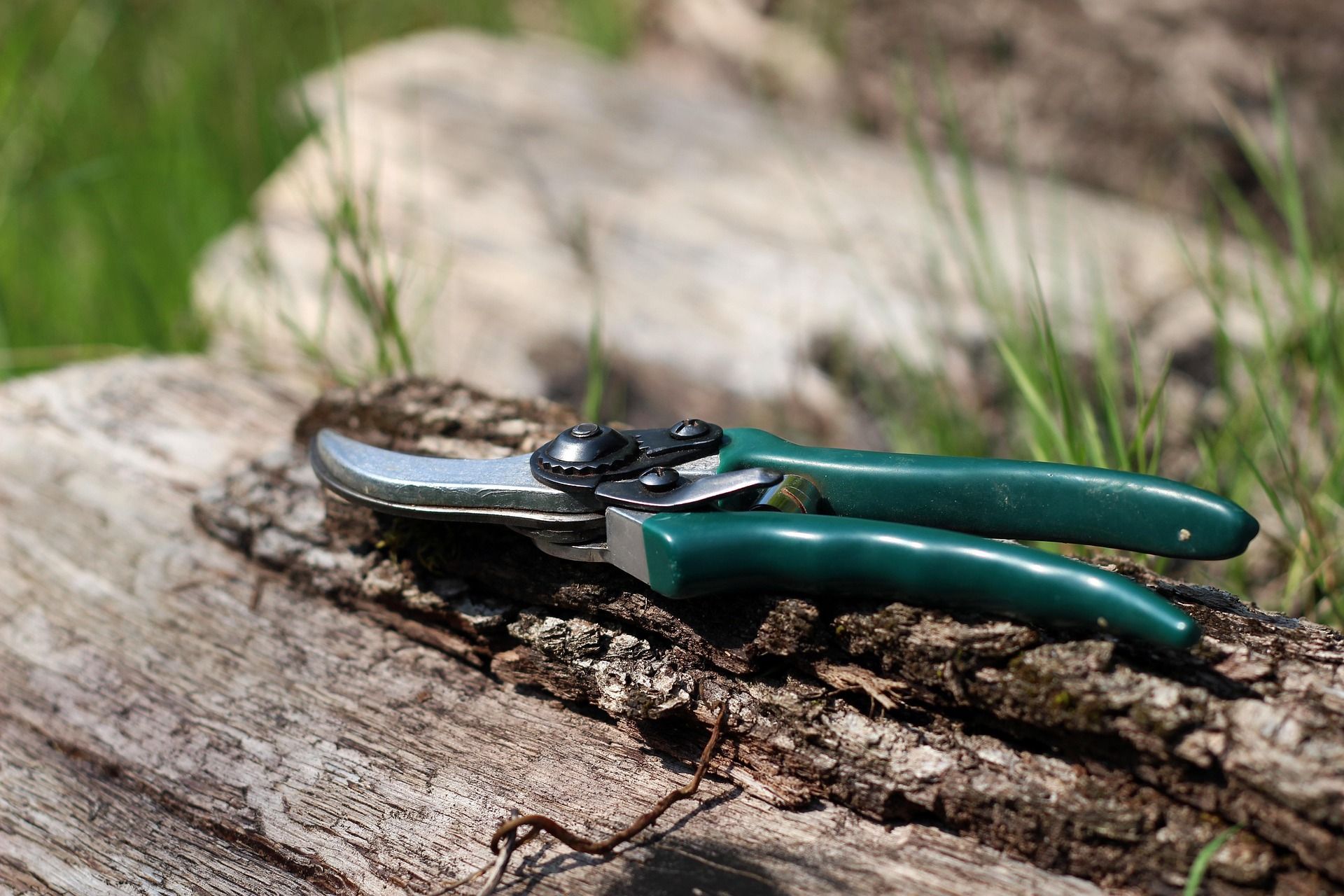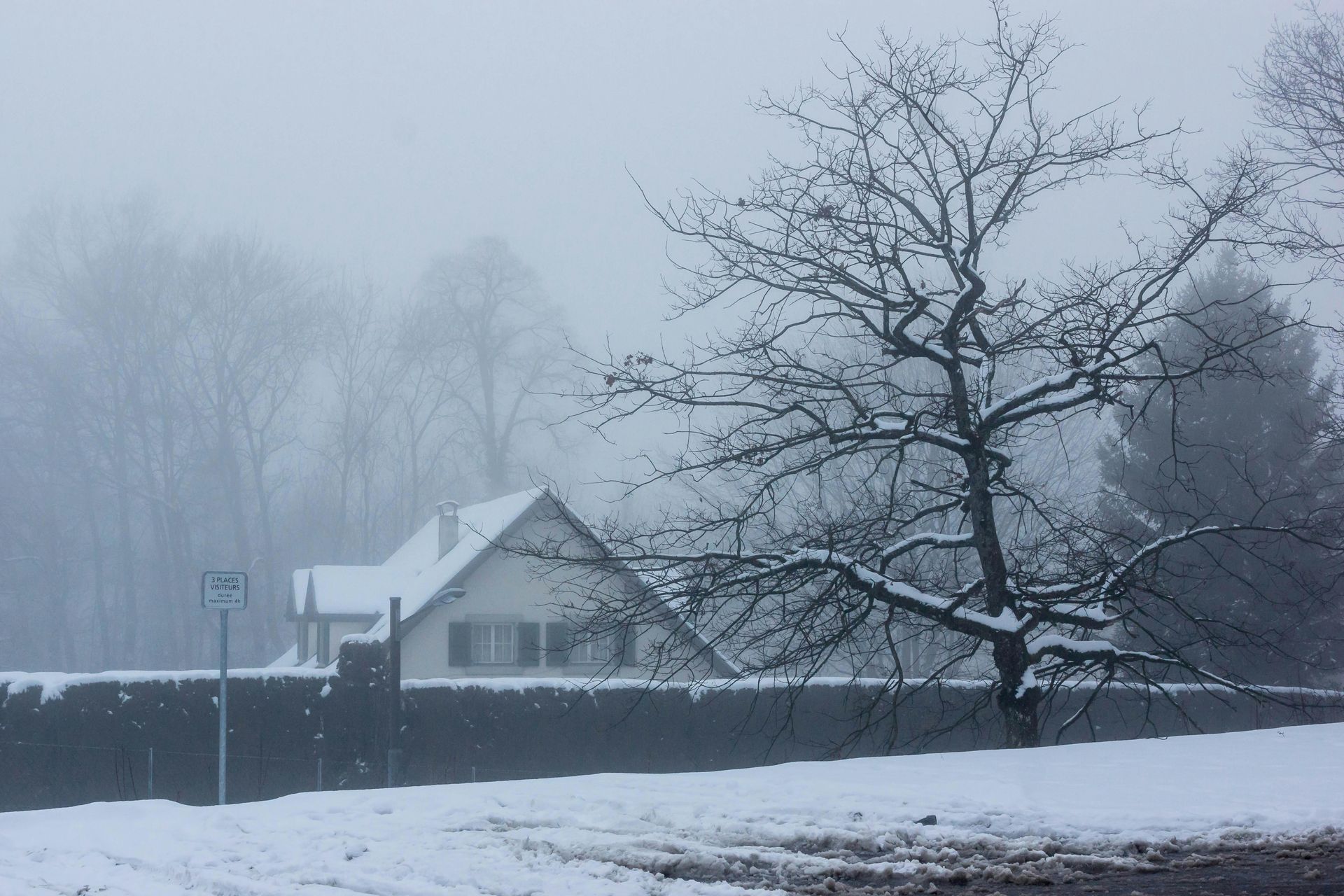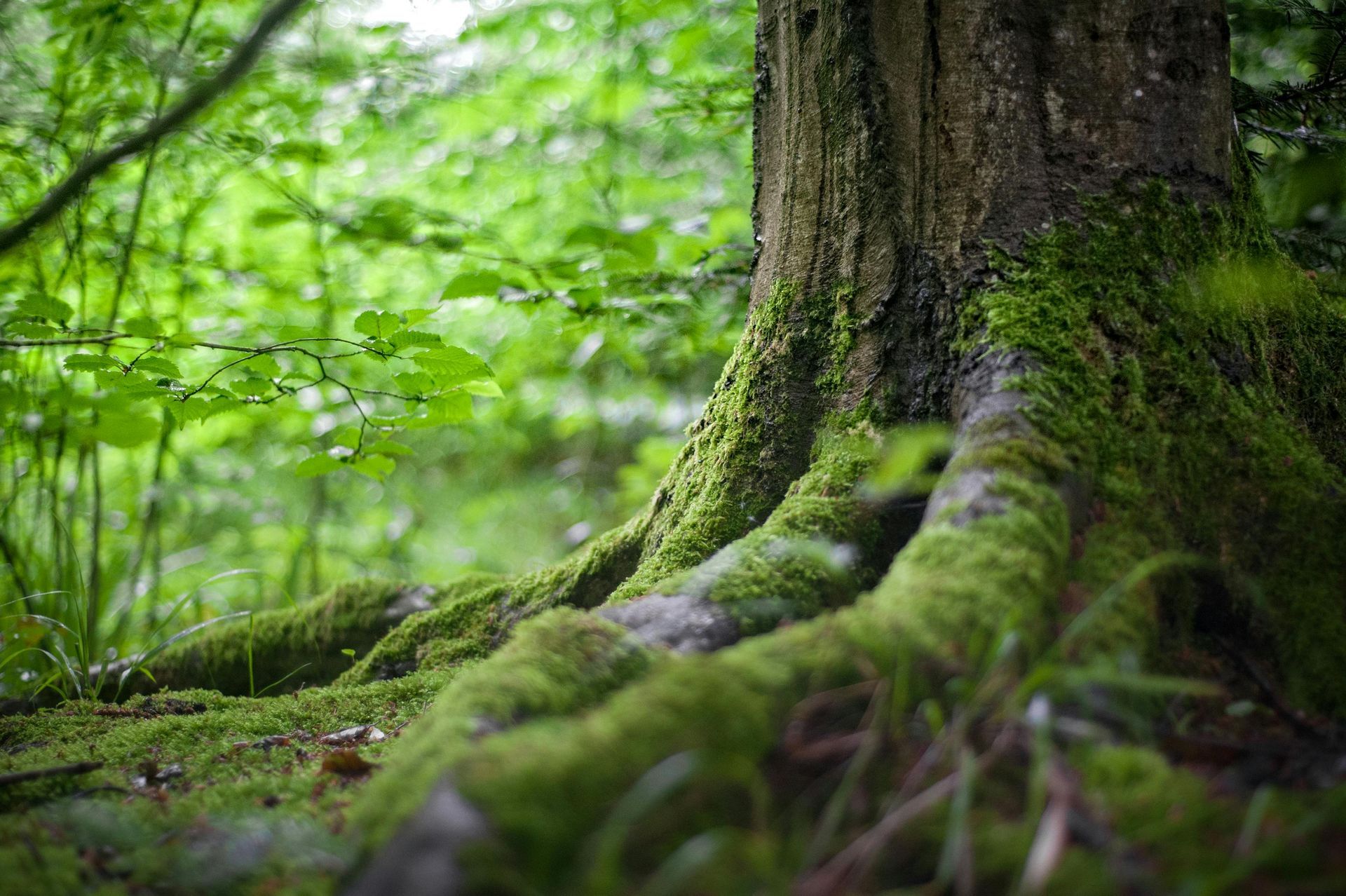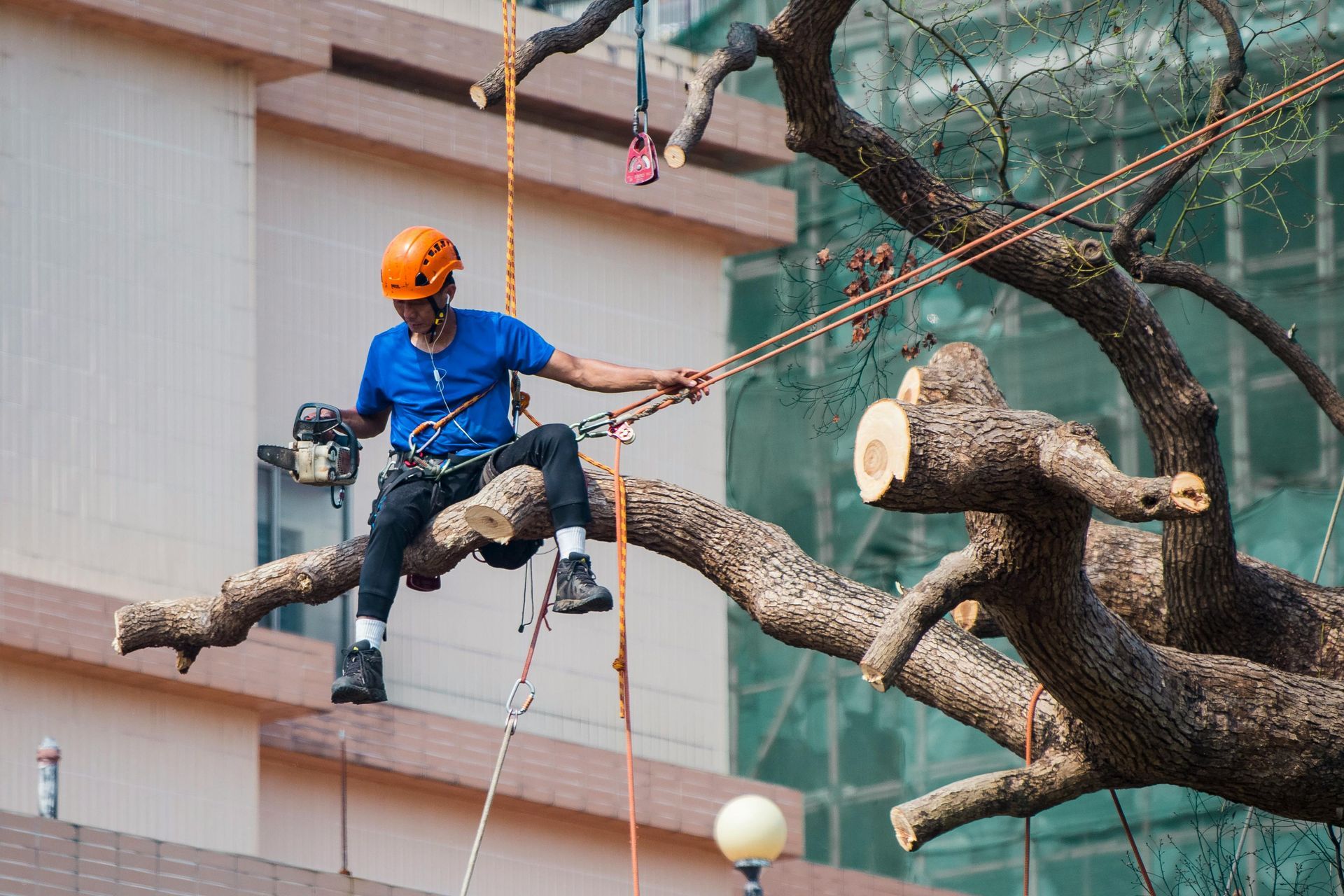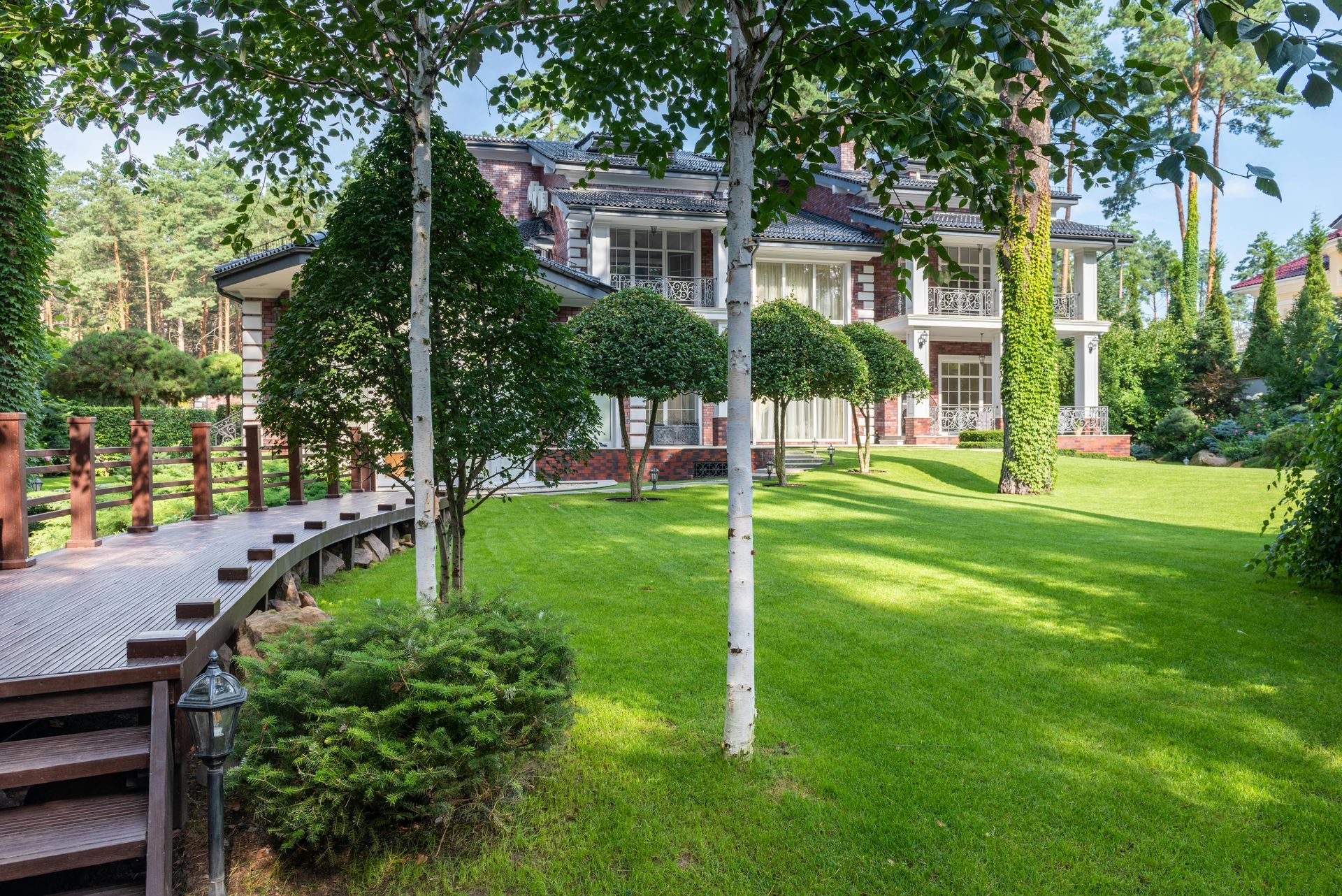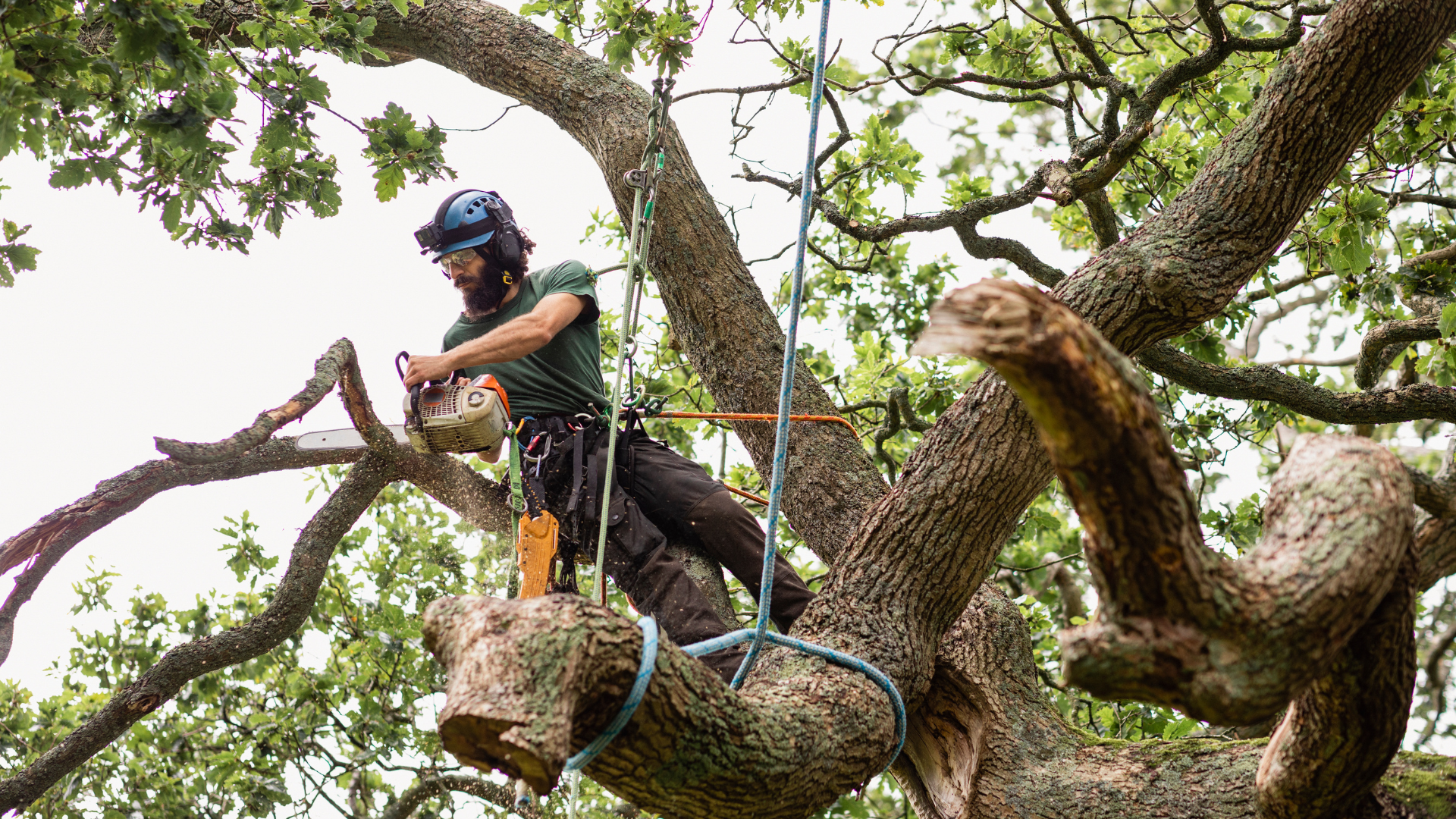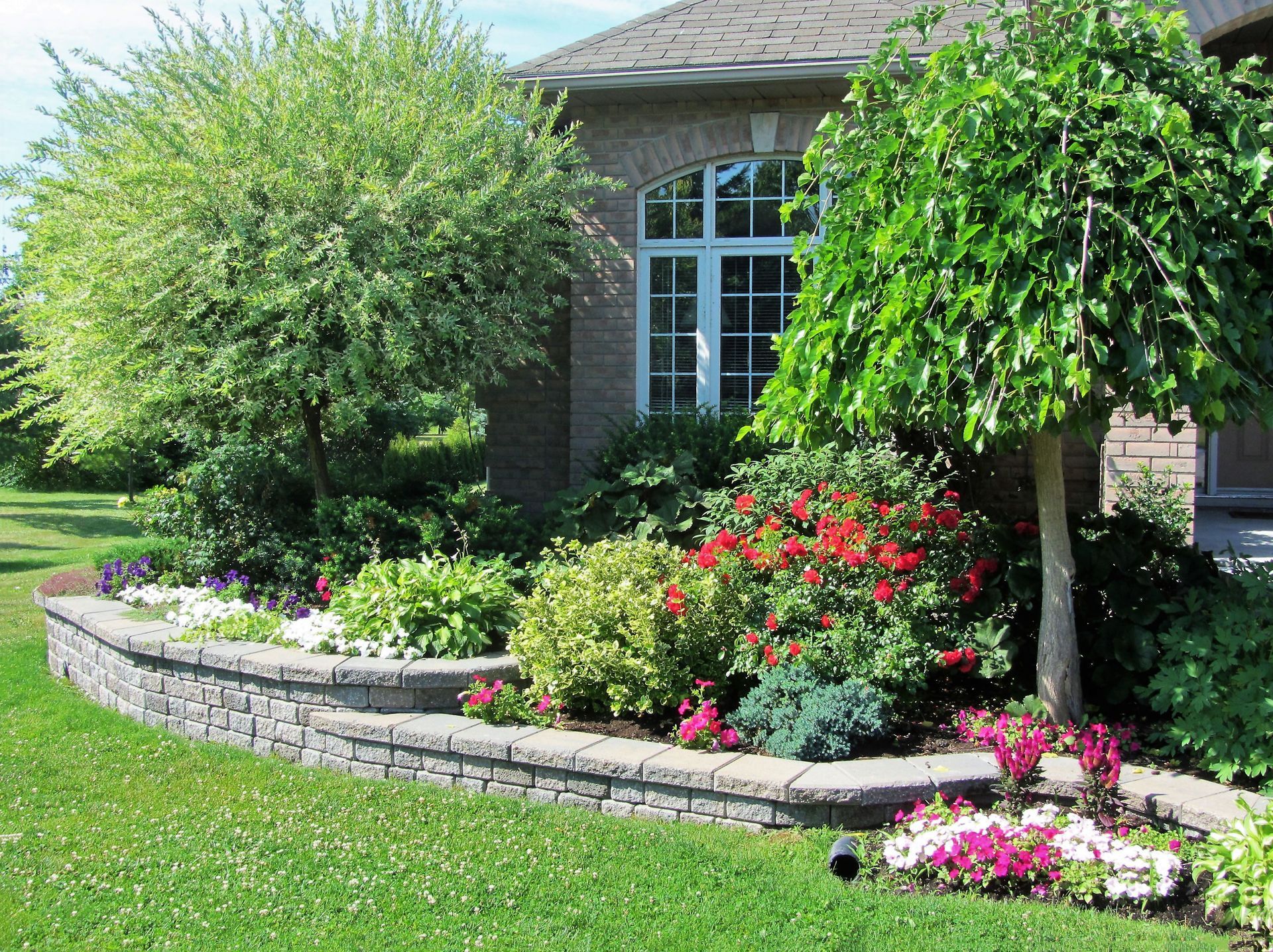How Tree Risk Assessments Work & Why They’re Essential
Ever strolled through your yard and noticed a leaning tree or a few dead branches hanging dangerously over your driveway? While trees bring beauty, shade, and value to your property, they can also become serious hazards if not properly maintained. This is where a tree risk assessment comes in — a professional service designed to evaluate the safety of your trees and protect your home, family, and neighbors.
In this blog, we’ll break down exactly how tree risk assessments work, why they’re crucial for both homeowners and businesses, and what you can expect during the process. Whether you own a sprawling estate or manage a commercial property, this guide will help you understand the importance of regular tree inspections and responsible risk management.
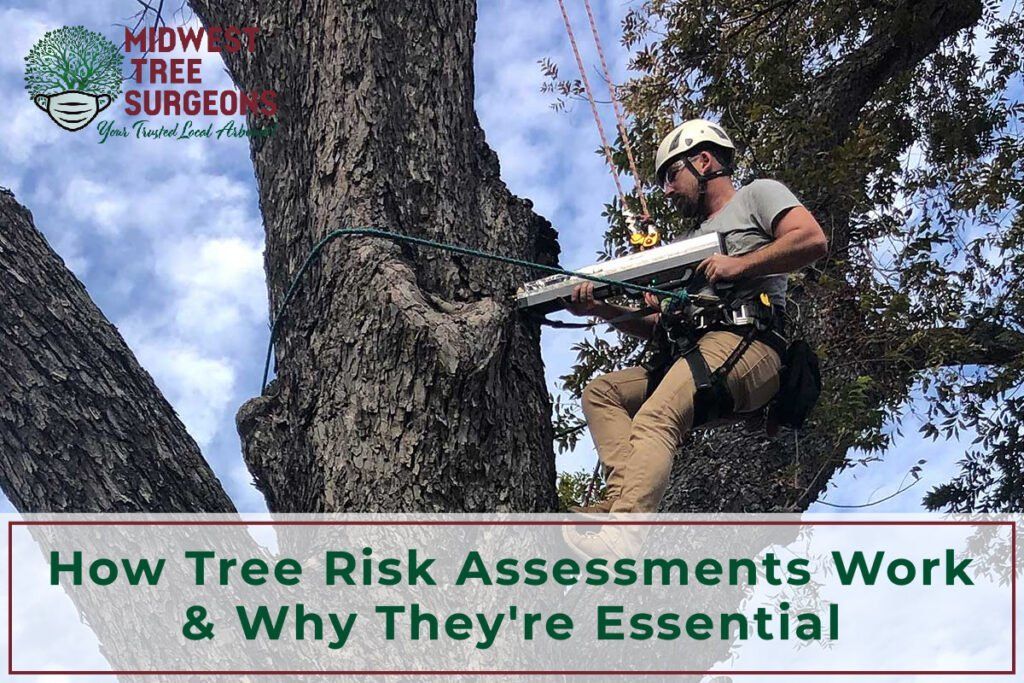
What Is a Tree Risk Assessment?
A tree risk assessment is a professional evaluation that identifies potential hazards posed by trees in a particular area. The goal is to determine whether a tree could potentially fall, drop limbs, or cause other damage due to poor health, structural problems, or environmental factors.
Certified arborists or tree care specialists carry out these evaluations by inspecting the tree’s physical condition, the site where it’s growing, and any signs of potential danger. Once the inspection is complete, you’ll receive recommendations for treatment, pruning, bracing, or removal, depending on the risk level.
Why Tree Risk Assessments Are So Important
You might think your trees are fine just because they’re standing tall, but looks can be deceiving. Internal decay, root damage, or unnoticed diseases could turn a beautiful tree into a ticking time bomb. Here’s why a tree risk assessment should be part of your property care routine:
- Prevent property damage: Fallen branches or entire trees can damage homes, vehicles, fences, and utility lines.
- Ensure public safety: Trees on commercial properties or near walkways could pose serious risks to pedestrians.
- Protect tree health: Early detection of disease or decay can save a tree that would otherwise need removal.
- Avoid legal liability: If a tree on your property harms someone or damages neighboring property, you could be held responsible.
Routine assessments help mitigate these risks and keep your outdoor spaces safe and welcoming for everyone.
Key Methods Used in Tree Risk Assessments
Professionals use several methods to perform a thorough tree risk inspection. The level of assessment typically depends on the tree’s location and the potential risk it poses.
Visual Inspection
This is the most basic — yet crucial — part of any tree hazard assessment. The arborist visually examines the trunk, branches, leaves, and surrounding ground for signs of:
- Dead or hanging branches
- Cracks or splits in the trunk
- Signs of decay, fungus, or cavities
- Root damage or instability
- Leaning trees or those with poor anchorage
If a visual check reveals potential problems, arborists might use advanced tools like:
- Resistograph drills to test wood density
- Sounding hammers to detect hollow areas
- Binoculars for assessing high branches
- Soil probes to check root health and soil conditions
Combining these tools with expert knowledge ensures a reliable tree risk evaluation.
Factors That Affect Tree Risk
Several factors contribute to the risk level of a tree, and professional assessments consider them all:
- Tree species: Some species are naturally more brittle or prone to disease.
- Age and size: Larger, older trees typically have a higher risk factor.
- Health condition: Decay, pests, and disease weaken a tree’s structure.
- Location: Trees near buildings, roads, power lines, or playgrounds demand closer attention.
- Weather exposure: Trees frequently exposed to strong winds or heavy storms are more likely to fail.
A qualified arborist takes all these factors into account to provide a balanced, responsible recommendation.
Tree Risk Management Options
After your tree risk inspection, the arborist will suggest appropriate management strategies based on the risk level:
- Pruning: Removing dead, damaged, or weak limbs to prevent them from falling.
- Cabling and bracing: Installing supports to stabilize a structurally compromised tree.
- Tree removal: Taking down hazardous trees that pose an immediate danger.
- Regular monitoring: Scheduling routine inspections to track changes in the tree’s condition.
Effective tree risk management not only reduces hazards but also promotes the long-term health of your trees.
When Should You Schedule a Tree Risk Assessment?
It’s a good idea to schedule an assessment:
- Before or after major storms
- When a tree appears damaged, leaning, or unhealthy
- Before buying or selling property
- If construction work might impact nearby trees
- Every few years, as part of routine landscape care
Prompt tree risk evaluation ensures that potential hazards are identified and handled before they turn into emergencies.
Professional vs. DIY Tree Inspections
While you might spot obvious issues like dead branches or visible fungus, a professional tree hazard evaluation involves far more than meets the eye. Certified arborists are trained in tree biology, disease detection, structural analysis, and risk management.
They also have access to specialized tools and safety equipment to inspect tall trees or assess internal decay. Hiring a pro ensures accuracy and safety, both for you and your property.
Final Thoughts: Don’t Overlook Tree Safety
Your trees might look healthy today, but hidden hazards could lead to costly and dangerous surprises. Scheduling a tree risk assessment is a smart, proactive step toward protecting your family, property, and landscape.
Whether you manage a commercial property or care for your backyard oasis, regular inspections and responsible tree risk management help keep your outdoor spaces safe and beautiful for years to come.
FAQs About Tree Risk Assessments
Q: How long does a tree risk assessment take?
A typical tree risk assessment for a standard residential property can take anywhere from 30 minutes to a few hours, depending on the number and size of trees.
Q: Will an assessment always lead to tree removal?
Not necessarily. Many trees can be saved with proper pruning, cabling, or disease management. Removal is usually a last resort.
Q: Can tree risk assessments help reduce insurance claims?
Yes. Regular tree risk evaluations reduce the likelihood of damage-related incidents, potentially lowering your liability and insurance premiums.
The post How Tree Risk Assessments Work & Why They’re Essential appeared first on Midwest Tree Surgeons LLC.
